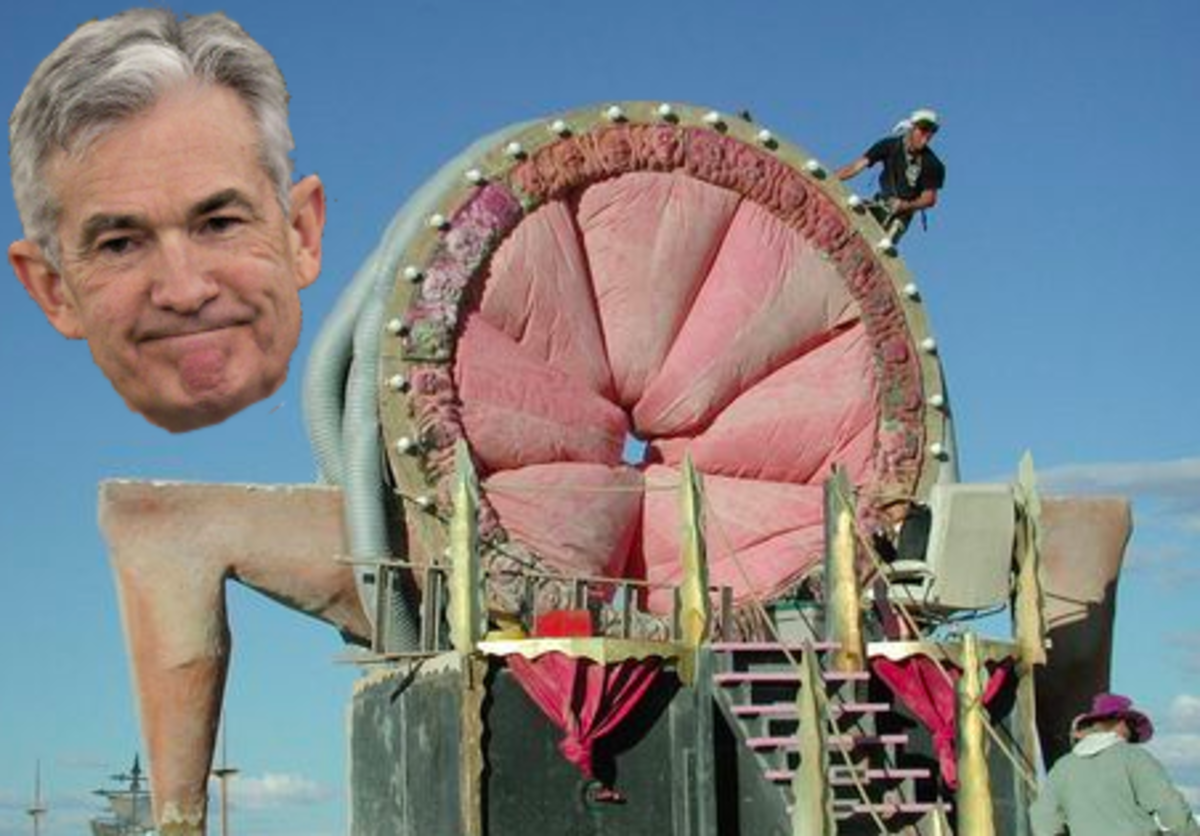A legal career is a marathon, not a sprint — and whether you’re a law student, associate, or partner, you always need to be thinking about the next turn in the road. You might have achieved a major career goal — getting into a top law school, landing a job as a Biglaw associate, making partner — but you can’t rest on your laurels (unless, well, you’re ready to retire). There’s always a new achievement to be unlocked.
In my new career as a legal recruiter, I have broadened and deepened my knowledge of the legal industry and job market. Based on my experience as a recruiter so far, as well as my 20 years as a practicing lawyer and then a legal journalist, here are five pieces of career advice. They’re most germane to Biglaw associates, but some of them apply to law students, partners, and even non-lawyers. I hope you find them helpful.
1. Be open to opportunity.
The job I held from 2006 to 2019, as founder and managing editor of Above the Law — “legal blogger,” “online journalist,” “digital journalist,” or whatever you might want to call it — didn’t exist when I was in law school. And when I was in law school, I certainly had no idea that I would wind up in it.
Careers take unexpected and surprising turns, often driven by luck. And you can “make your own luck” by keeping abreast of industry news (by reading ATL and other Biglaw-focused publications), networking (in person and online), and being receptive to possible opportunities (even if an opening might not initially seem like your dream job).
When in doubt, hear the pitch or take the meeting. It’s not like Persephone eating the pomegranate seeds; going to an interview doesn’t obligate you to take the job. But going to an interview, even for a job you ultimately decline or don’t get, could help you learn about a job that you do accept, make a valuable new professional contact, or land a client.
Going to a callback never killed anyone. You might get stuck in an elevator for a few hours, but that’s very, very rare.
2. Always be learning.
To paraphrase the old motivational phrase “always be closing” (made famous by Alec Baldwin’s star turn in Glengarry Glen Ross), you should always be learning, especially in a knowledge-driven field like the law. Laws change, industries change, and the only way to remain relevant is to stay on top of the changes.
If you no longer feel challenged or stimulated in your current job, or if you find yourself working on the same types of matters or performing the same types of tasks over and over again, then it might be time to start exploring. If you’re no longer learning from your job, then you’re just collecting a paycheck — and while collecting a paycheck is nice, you can do that while improving your knowledge and skills at the same time. (I can relate; a desire to take on new challenges and develop new skills drove my own recent career switch.)
3. It’s no longer all about the benjamins (or prestige).
When picking where to start their careers, many law students go for the firm offering the biggest paycheck and greatest prestige (which often just boils down to prestige, since most of the top firms pay on the same market/Cravath scale). This is an admittedly crude way to pick a firm, but it’s the approach of many students, including myself back in the day, and it has a certain logic: if you don’t know what type of law you want to practice, you might as well “start at the top” and keep as many doors open as possible.
But a few years into your career, armed with a better sense of what you actually want to do, it might be time to move to a platform that makes more sense for your specific interests. The uber-prestigious firm you picked for starting your career might not be the best place for you to build a practice based on the particular type of work you’ve selected as your specialty or the particular industry you’ve decided to focus on — perhaps with an eye to moving in-house in a few years.
4. Don’t go in-house too early.
Speaking of moving in-house, it’s the promised land for many Biglaw associates (and even some partners), and many can’t wait to make the jump. But don’t make the jump too early.
As Dan Cooperman, former general counsel of Apple, said on the Legal Speak podcast(around the 5:30 mark), the best time to go in-house is after four or five years at a firm. That’s the amount of time you typically need to become fully confident in at least one area of the law, which will serve you well as corporate counsel and help you get the best work.
(Speaking of the Legal Speak podcast, I recently appeared on it, speaking with host Leigh Jones about how Biglaw has changed over the past 13 years, the role Above the Law played in covering (and promoting) that change, and my new work as a legal recruiter. Check out the episode here.)
5. Don’t leave Biglaw too late.
The conventional wisdom is true: there’s a sweet spot for leaving Biglaw, falling somewhere between your third and sixth years. If you know that you don’t want to stick around to make a run at partnership, either because you don’t want or don’t think you’ll make partner, then figure out a good time to leave.
If everything is going reasonably well, it can be tempting to just stick around your current firm and collect a nice paycheck. And as long as you’re making money for them, your firm will be more than happy to keep you.
But beyond a certain point, your marketability will drop. If you search for jobs based on the desired year of law school graduation — one of countless searches I have been able to run with the resources I have at my disposal working at Lateral Link — you’ll find a bell-curve distribution: not many jobs for lawyers with under two years of experience, lots of jobs for lawyers with two to six years of experience, and then fewer jobs for lawyers with six or more years of experience (although this will vary based on a number of factors, including your credentials and practice area).
(Beyond a certain point of seniority, you ideally want to be a partner with a big book of business. Partner hiring doesn’t rely as much on public job postings; instead, recruiters play a major role.)
**********
These tips are just the tip of the proverbial iceberg; the best career advice is individualized. If you’re an associate or partner at an Am Law 100 firm or elite boutique interested in reviewing your options, feel free to connect with me on LinkedIn, where I often post advice and opportunities, or to drop me a line by email. It’s always a pleasure to hear from ATL readers — no matter where they are in the great career marathon.
Ed. note: This is the latest installment in a series of posts from Lateral Link’s team of expert contributors. David Lat is a managing director in the New York office, where he focuses on placing top associates, partners and partner groups into preeminent law firms around the country.
 Lateral Link is one of the top-rated international legal recruiting firms. With over 14 offices world-wide, Lateral Link specializes in placing attorneys at the most prestigious law firms and companies in the world. Managed by former practicing attorneys from top law schools, Lateral Link has a tradition of hiring lawyers to execute the lateral leaps of practicing attorneys. Click ::here:: to find out more about us.
Lateral Link is one of the top-rated international legal recruiting firms. With over 14 offices world-wide, Lateral Link specializes in placing attorneys at the most prestigious law firms and companies in the world. Managed by former practicing attorneys from top law schools, Lateral Link has a tradition of hiring lawyers to execute the lateral leaps of practicing attorneys. Click ::here:: to find out more about us.



 Kathryn Rubino is a Senior Editor at Above the Law, and host of
Kathryn Rubino is a Senior Editor at Above the Law, and host of 












